The lung is an organ that is characterized by an extremely complex structure and a complicated structure. These are the very central components that have a decisive influence on the anatomy of the lungs Bronchi.
What are bronchi

The Bronchi play a crucial role in the function and structure of the airways. In this context, the bronchi form a comprehensive term for different departments of the airways and are also referred to as the so-called "dead space" of the lungs, since there is no active gas exchange.
The bronchi comprise tree-like and tapering branches of the trachea, the windpipe. If there are dysfunction of the bronchi or abnormalities in their structure, this can lead to considerable impairment of physical health.
The bronchi also form the tissue-related basis for the lungs and are more or less intensively involved in gas exchange. Instead, the bronchi have a very delicate morphology.
Anatomy & structure
The fine structure of the Bronchi is extremely important in order to be able to do justice to the corresponding vital task of breathing. In addition, the bronchi are sometimes subject to extreme environmental influences.
When the bronchi go from the windpipe into the bronchial tissue, these components are very tender. In their finest areas they go into the bronchioles, and from there into the alveoli. In the anatomy of the bronchi, the large and small as well as the bronchioles are relevant. All the sections of the bronchi given are characterized by alternating types of tissue.
The most important tissues in the bronchi include the mucous membranes with the mucus-producing nozzles and the ciliated epithelium, the connective tissue made of collagen, cartilage-like tissue clips and the muscles. There are no more mucous glands in the bronchioles.
Functions & tasks
Among the main tasks of those occurring in the lowest area of the airways Bronchi include the forwarding of the inhaled air to the alveoli, where the actual gas exchange takes place, the cleaning of the breathable air and its even distribution to all lobes.
In addition, particles from the air we breathe stick to the mucous zones and the ciliated epithelium so that they can later be transported away through the bronchi when coughing. In this way, the bronchi prevent the alveoli from sticking and germs from being breathed in.
The bronchi carry the air into the alveoli so that the oxygen-poor, carbon dioxide-rich blood receives oxygen again. So that the bronchi in the upper regions do not collapse, cartilaginous tissue and muscle tissue exercise a special support function. The sticky ciliated epithelium, which is constantly moistened by the goblet cells, cleans the air.
Diseases
In the diseases and complaints of the Bronchi it is mainly about acute and chronic inflammation of the bronchi. Acute bronchitis in particular is usually associated with a flu-like infection and usually heals quickly.
This is different with bronchitis, which recurs constantly and is therefore classified as chronic. Chronic bronchitis can be caused by excessive irritation of the bronchi. This is mostly triggered by "foreign bodies" such as nicotine or various rods or pollen. In this context, the allergic diseases of the bronchi are also of enormous importance. These diseases increase in proportion to increasing air pollution.
People suffer from chronic inflammation of the bronchial tubes, bronchial asthma, when the muscle fibers in the bronchial tubes contract permanently. This disease is also accompanied by shortness of breath and strong expectoration of mucus. Another disease that also affects the bronchi is the unpleasant and sometimes agonizing cough. The dry cough can occur in two forms, the dry and the wet dry cough and represents a protective reaction of the bronchi.
A chronic dry cough can cause chronic bronchitis to manifest.If the bronchi are permanently inflamed, it is possible that pneumonia will develop as the disease progresses. From these aspects, chronic obstructive pulmonary disease is of great importance. This shows that pathological processes in the bronchi can lead to further secondary diseases of this vital organ.
Behind the colloquial term lung cancer is ultimately a form of cancer that affects the bronchi.
Typical & common diseases
- bronchitis
- cough
- Chronic bronchitis
- asthma

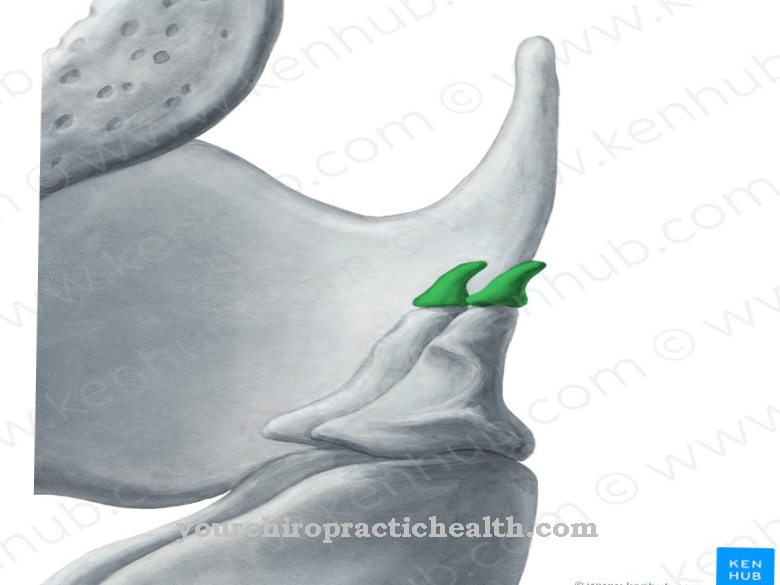
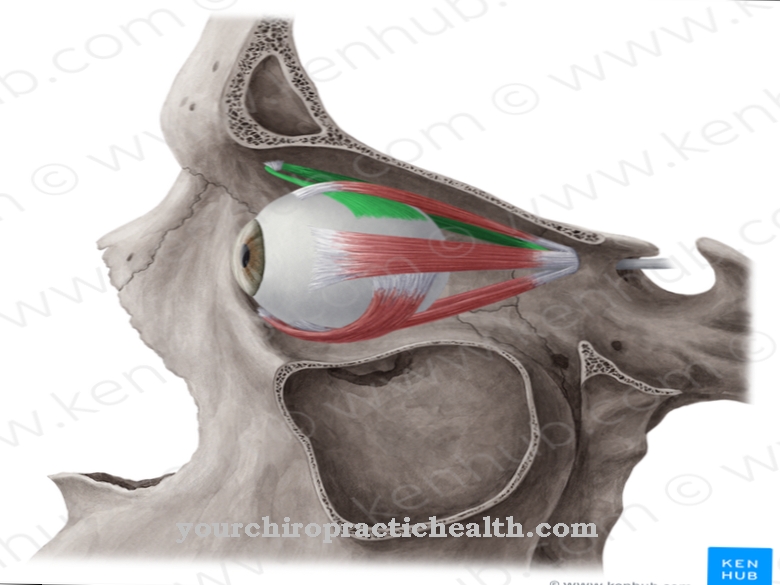
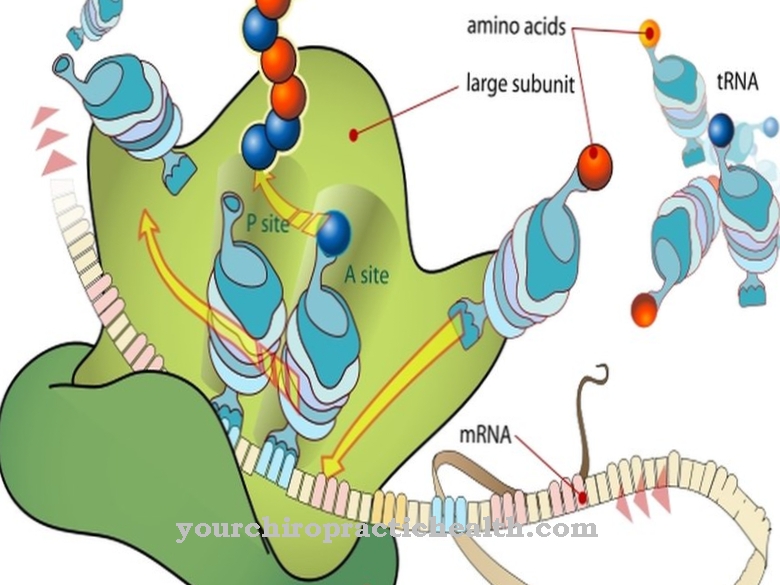
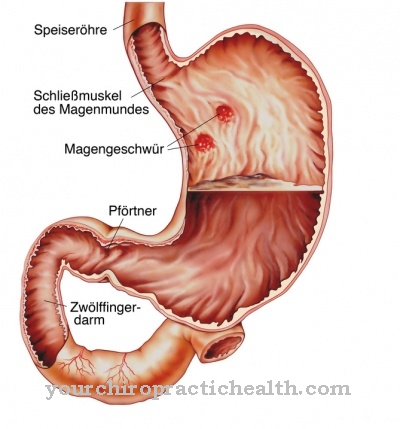

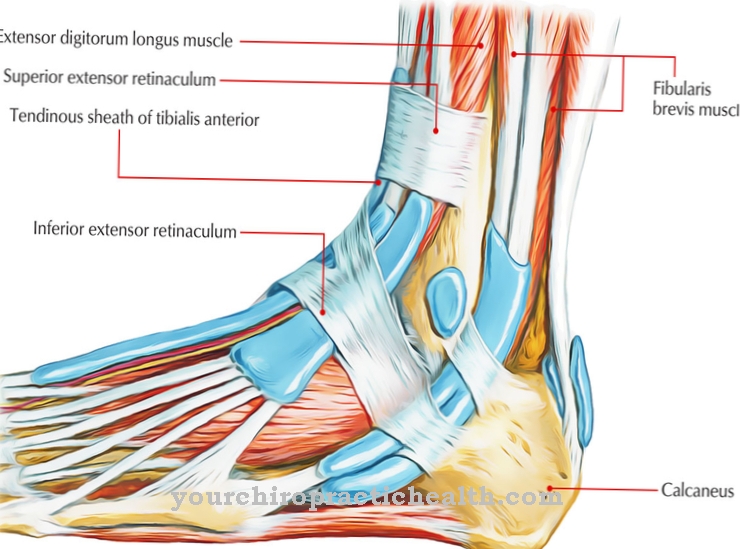

















.jpg)



